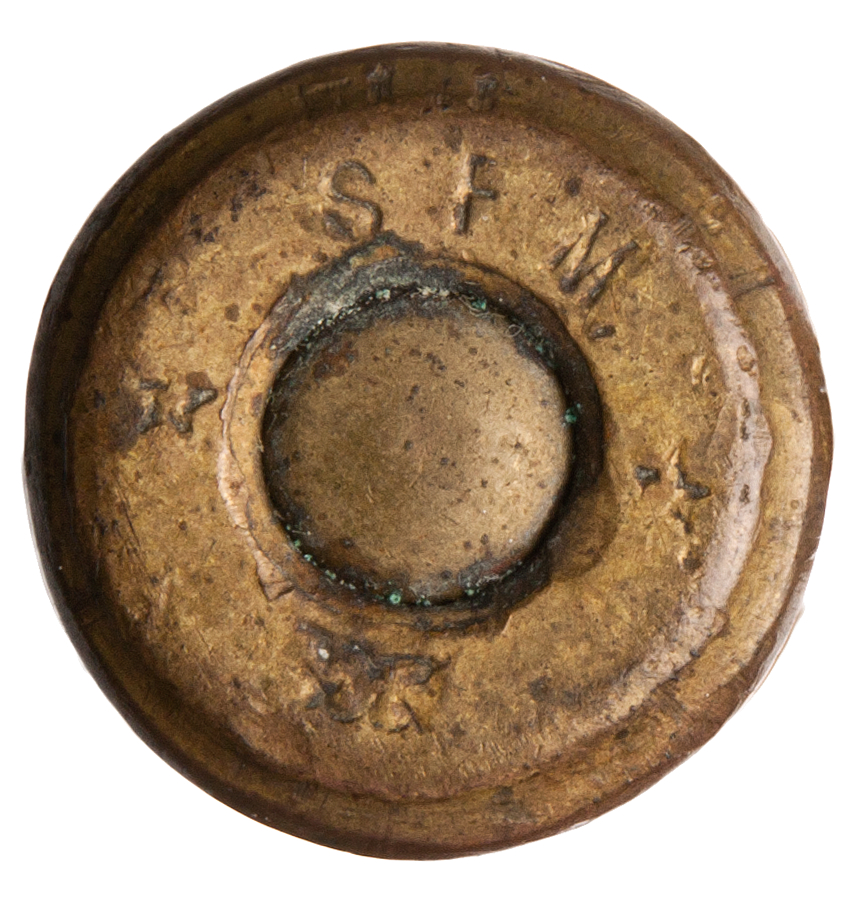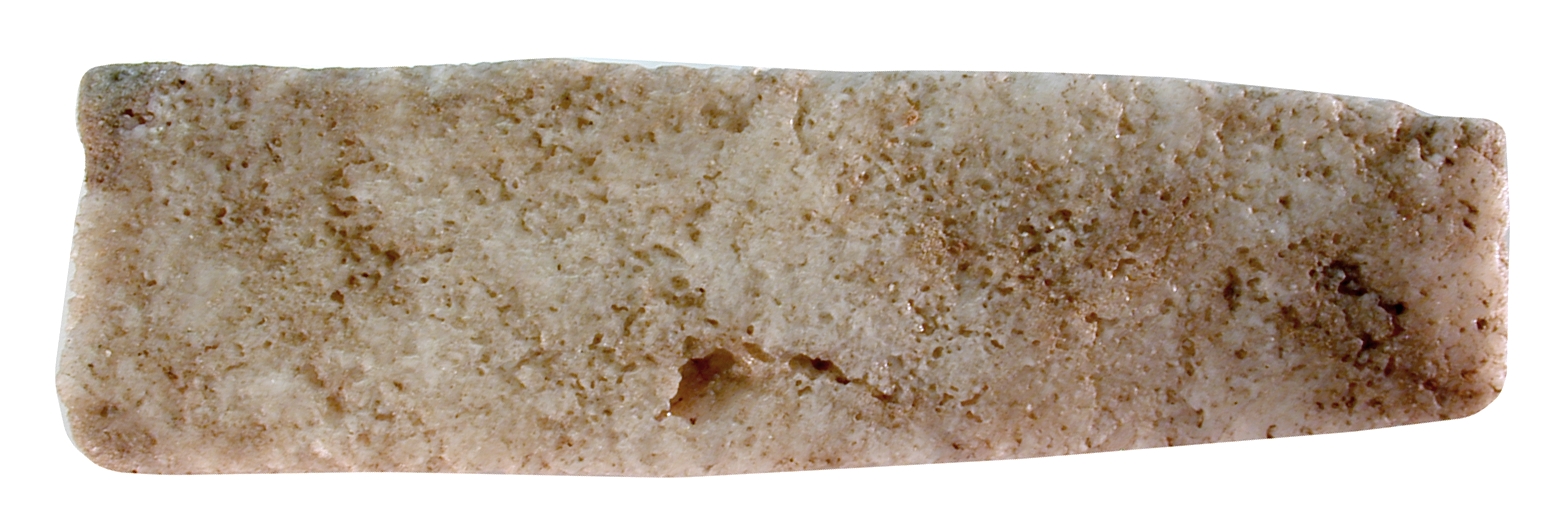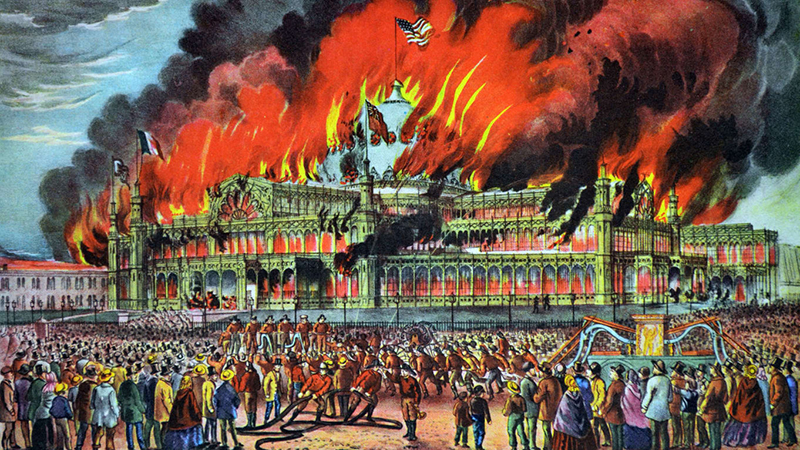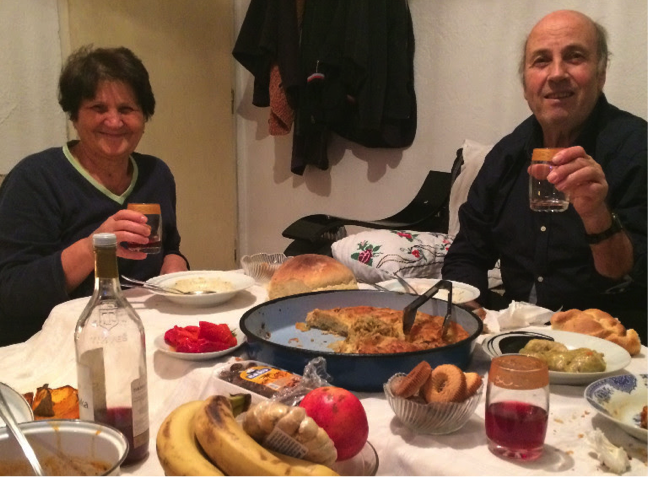Cartridges as Coins: Ethiopia, 1928
Tucked away among a host of oddities and commodity currencies in the “traditional” cabinet at the ANS are two corroding gun cartridges, with jackets intact and presumably filled with powder. The bullets are 9mm and were produced in France, as indicated by the stamp S. F. M. (Société Française des Munitions) on the bottom of the casing. They served as ammunition for the Fusil Gras, a popular and fast-firing French service rifle that was manufactured in volume during the late nineteenth century.
The cartridges were donated to the Society in 1930 by Gordon MacCreagh (1886-1953), a Scottish pulp-fiction author and adventurer. Born in Perth, Indiana, MacCreagh’s adventuring life began after an academic fencing duel with a fellow student at Heidelberg University. Under the false impression that he had killed his opponent, he fled to India. MacCreagh served in World War I, and traveled to South America in 1922, but it was not until 1927 that he made his first trip to the African continent.
This expedition to Ethiopia was sponsored by the American pulp magazine Adventure and its ostensible purpose was to find the legendary Ark of the Covenant. MacCreagh spent most of the year fruitlessly searching, though he did gain an audience with Haile Selassie I (then Ras Teferi Mekonnen), who had recently been granted the title of negus (king) of Shoa by the Empress Zewditu. After his return, MacCreagh published an account of the expedition as the The Last of Free Africa (1928). It was also at this time that he made a donation to the ANS that included the cartridges, two blocks of salt (amole), and an assortment of coins that he picked up in Ethiopia.
The cartridges and amole were examples of then popular forms of commodity currency in Ethiopia. The history of firearms there began with the introduction of matchlock muskets in the 16th century by Portuguese mercenaries, who were hired by the beleaguered Christian Ethiopian monarchy as auxiliary forces in their fight against Muslim invaders. Firearms were not a common sight until the 19th century when French and Italian suppliers sold arms and ammunition to an Ethiopian monarchy looking to modernize its antiquated military systems.
By the first Italo-Ethiopian War (1895-96), the quality of armaments had been improved by European arms dealers, but not by much. Emperor Menelik II accommodated the hodgepodge of armaments in his army by dividing his men into 3 groups based on their rate of fire: those with muzzle-loaded guns (neftenya | fusiliers), those armed with flintlock rifles (temenja yaji | “one who bears a musket”) and those who carried breech-loaded rifles (snayder yaji | “one who bears a Snayder”). Snayder became the colloquial word for breech-loading rifles with the arrival of the .557 Snider-Enfield, which was used by British forces in Ethiopia at the Battle of Magdala in 1868.
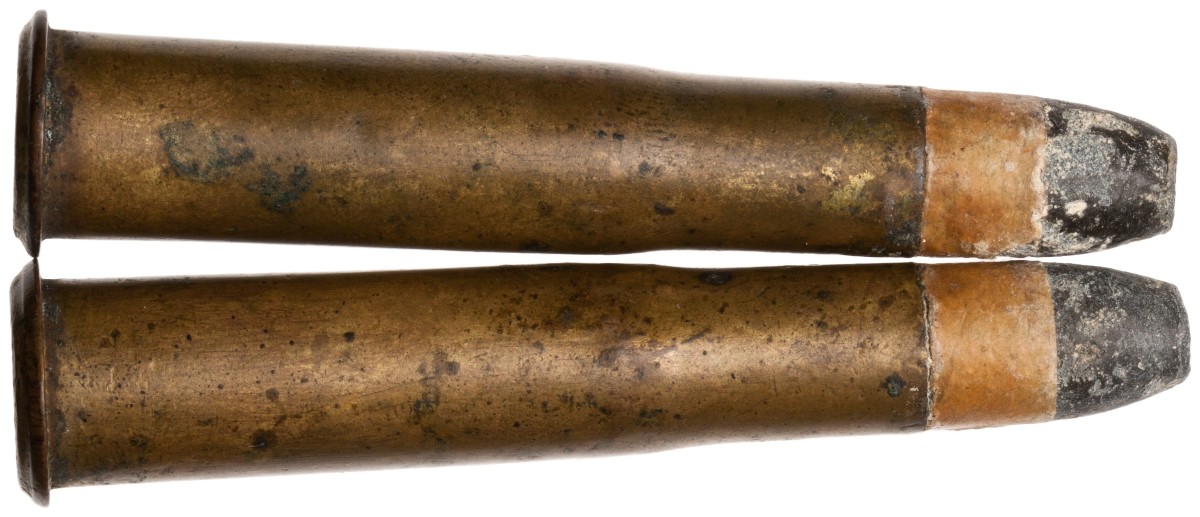
By the time that Gordon MacCreagh arrived in Ethiopia, most Ethiopian infantrymen were using the by then very obsolete French Fusil Gras rifles. As with all relatively scarce goods in the mostly unregulated Ethiopian market, bullets soon became a commodity currency, and bullets bearing the S.F.M. stamp were highly sought after. When making his donation, MacCreagh mentioned that a single bullet was equivalent to 1/5th of a Maria Theresa thaler, the thaler still being a popular currency in that part of Africa. However, its value seems to have collapsed in relatively short order as arms and ammunition flooded into the country during the Second Italo-Ethiopian War (1935-1941). within 10 years its value as a commodity seems to have collapsed. At the time that ANS curator Howland Wood published The Coinage of Ethiopia (1937), he observed that a single thaler could then fetch between 10-20 S.F.M. rounds.
This is the fourth in a series of guest posts by students attending the Eric P. Newman Graduate Seminar in Numismatics.


